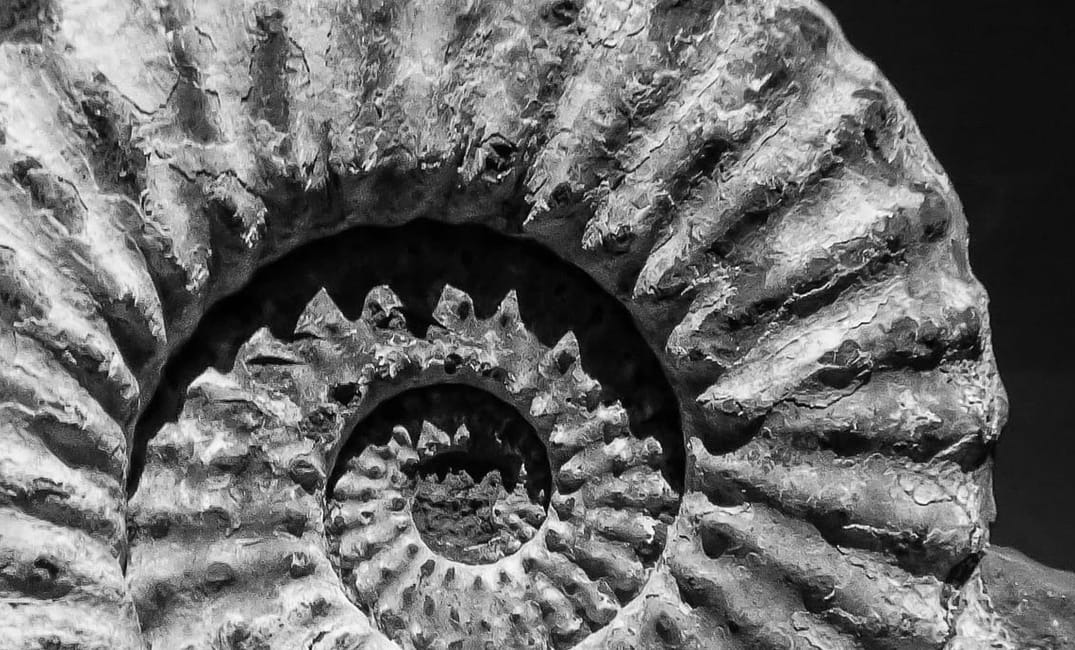Nimi Sira | @nimz_xx
Is it a case of Finders Keepers? The British Museum is home to thousands of treasures and artefacts, looted during the Ottoman Empire and the British Empire, sitting in glass display cases in London. Most of these artefacts were taken by force, and have ended up some 2,000 miles from their homes of origin, with gaping holes in both their history and culture. So why should our museums hold shards of everyone else’s history but our own?
The British Museum argues that artefacts should be in “an international context where cultures can be compared and contrasted across time and place” and the government argues that these relics were removed legally from their home countries, without force or agitation.
The Kohinoor diamond is a key example, and sits in the centre of the crown jewels, on the Crown of Queen Elizabeth (later known as the Queen Mother) and sits proudly on public display in the Jewel House at the Tower of London, as one of Britain’s finest treasures. However, the jewel’s history goes much further back than this, as one of India’s most beautiful diamonds looted during the colonial period, prompting many campaigners to fight for its return to India.
India was the “Jewel in the Crown” for the British Empire and Britain ruled over its land and people for 200 years. The East India Company first began trading in spices, jewels and textiles but soon began expanding and paved the way to the British Crown assuming direct control. Britain’s exploitative, racist, imperial project was horrific in it’s scale and savagery.
The diamond was first used for the Shah Jahan’s (Mughal Emperor) throne. The Mughal asked for a ‘gemstone- encrusted’ throne, which took seven years to make and cost £618,079,020. Crucially, the diamond was traded by the ten-year-old Maharajah Duleep Singh and his father as a ‘gift’, into the hands of the British during the British Empire’s rule in India.
After being taken, and given to Prince Albert, he decided to polish the diamond to make it refract the light more, during which the diamond was reduced by almost half it’s the original size. Queen Victoria wore the diamond as a brooch and was then embellished into the middle of the Crown Jewels worn first by Queen Alexandra.

However, the main criticisms from campaigners are that the diamond was, in fact, not ‘gifted’, but stolen during colonial rule. The Indian government has asked for the diamond back many times, the first time in 1947 immediately after India gained independence, which was rejected by the British government who claimed that it was ‘non-negotiable’. The current Prime Minister of India Narendra Modi stated recently that the diamond was ’neither forcibly taken nor stolen’.
Back in 2010, David Cameron was asked about the return of the Kohinoor Diamond, to which he stated that ‘”If you say yes to one you suddenly find the British Museum would be empty. I am afraid to say, it is going to have to stay put”. These statements reflect the stance that the British government has upheld throughout the years, refusing to return artefacts that belong to other countries that were clearly taken during the British Empire.
The Kohinoor diamond is just one of the thousands of historical artefacts that have been stolen and looted during the British rule. The Parthenon Marbles or the Elgin marbles are a collection of classical Greek sculptures, created in Athens in the 5th century BC.
The marbles were famous for being very well- preserved and sustained until Lord Elgin removed them and brought them to London, to the British Museum.
As well as being so far from their rightful home, the marbles have also suffered damage from being in London. The marbles were damaged by air pollution and the efforts to clean them using chemicals, sandpaper and chisels removed centuries worth of history from the sculptures beyond repair.
So not only have artefacts such as Kohinoor diamond and the Parthenon Marbles been removed from their countries, but they have also been damaged and modified to appease their ‘owners’ and paraded in the British Museum.
Greece, however, has built a modem museum specifically for the Parthenon Marbles, the Acropolis Museum in Athens. The museum is equipped with a view of Parthenon, the origin of the marbles, as well as casts and remnants of the original marbles which work to show how they fit as an ensemble as a stand-in for the actual sculpture.
The main argument for the return of the Parthenon Marbles is that there is lots of doubt over the permission that was ‘granted’ to Lord Elgin to remove the sculptures in the first place, with the document that was signed by the Sultan of Ottoman Empire being exposed as fake many times.
As well as this, the agreement was ‘to examine and view, and also to copy the figures remaining there’, and it is unlikely that the Sultan would have agreed to the marbles being taken out and transported to another country.
Another issue is that returning these treasures may not be simple. For example, with numerous countries (including India, Pakistan & the Taliban in Afghanistan) claiming ownership of the KohiNoor diamond, who should it be “given back to” to is fraught with diplomatic issues.
For many in Britain, visiting the British Museum and witnessing many of the world’s most precious treasures can be a brilliant experience, but for others it is seen as an ugly part of their racist history. Is it fair to the rest of the world to have to rely on photographs and casts of sculptures and artefacts that were stolen from them?

The issue of the artifacts raises an important question on how modern nations should deal with their legacy of colonialism, looting and subsequent guilt. The world is changing and former colonial powers of the West are being overtaken economically. Is the time of exerting their rights due to white supremacy over?
It is getting clearer that reparations need to be made so that Britain can reconcile with its Imperial past. The momentum is definitely there to at least acknowledge the looted artifacts history, particularly since the recent Black Lives Matter movement began campaigning for this. In the meantime, whilst the British may not have the strongest claim, they still enjoy their possession. Everyone else will just have to come to the Tower of London to silently hiss and loudly stake their claim.
Thanks for reading our article! We know young people’s opinions matter and really appreciate everyone who reads us.
Give us a follow on Instagram, Twitter and Facebook to stay up to date with what young people think.

